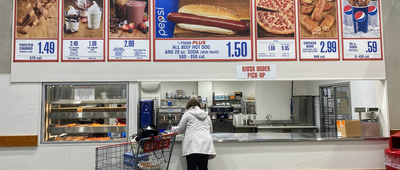Silver Linings
From housing and food to health care and transportation, low-income seniors can take advantage of a huge range of benefits — as long as they know what's available to them. Some are federal programs, others are state programs, and others are federally funded but administered by the states. Either way, the goal of these many programs is the same: to make sure that seniors who are struggling financially don't go without the products and services they need to get by.
Related: Where You Can Order Groceries Online With an EBT Card




























